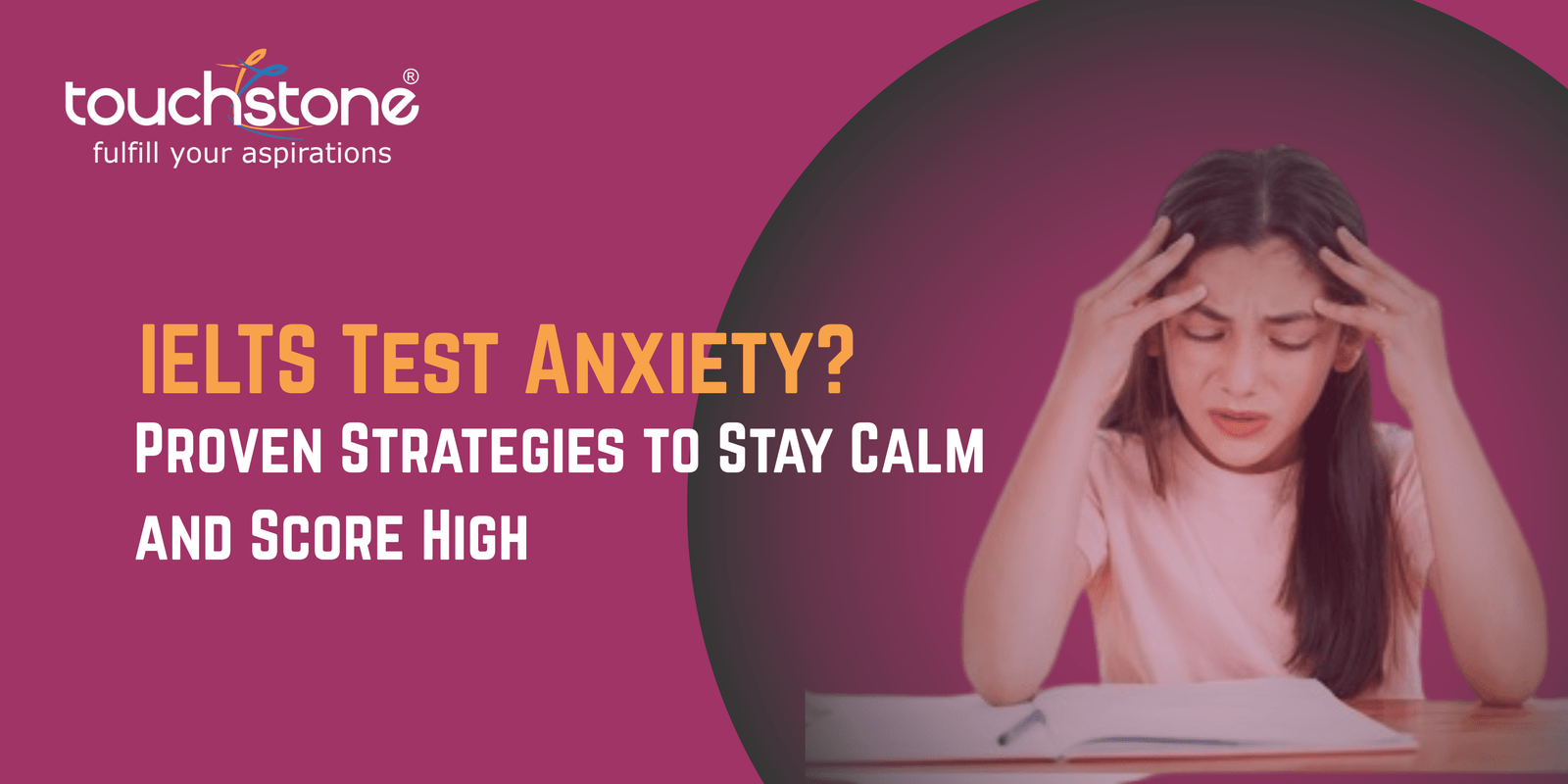Cleared your 12th grade in medical and facing difficulties to get enrolled in any medical college in India? Don’t worry because here is an opportunity for you. Study at the University of Auckland and fulfill your dream.
As all of us know that getting admission in a good medical college in India can be a problem, use the situation as an opportunity to study in a foreign country.
Many foreign countries offer scholarships and aid to make the process of studying there easy. Rather than waiting and skipping years to clear a medical entrance test in India it is better to explore international options of studying medical science.
The University of Auckland opens its doors for international students by offering them an opportunity to avail scholarships worth $70,000. Yes, you read that right. The disbursement of the scholarship happens over 5 years while you complete your course.
The University offers the MBChB Undergraduate Bachelor of Medicine and Bachelor of Surgery degree, facilitating and encouraging clinical and applied research, and delivering post graduate programmes.
If you want to get enrolled for getting a degree from the University of Auckland, then there are two levels to apply:
- Get enrolled in B.Sc Biomedical after completing 12th grade. After completing 1st year of B.Sc Biomedical, clear the UMAT test and interview, and seek direct admission to the 2nd year of the medicine program.
- If you already own a graduate degree in any health science related course or bio-medical sciences form India, all you are required to do is clear the entrance test and you are all set to get enrolled in the 2nd year of medicine.
A degree of MBBS from the University of Auckland is recognized worldwide. Moreover, you don’t need any additional license to continue practice in India.








